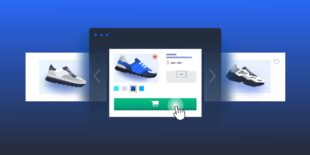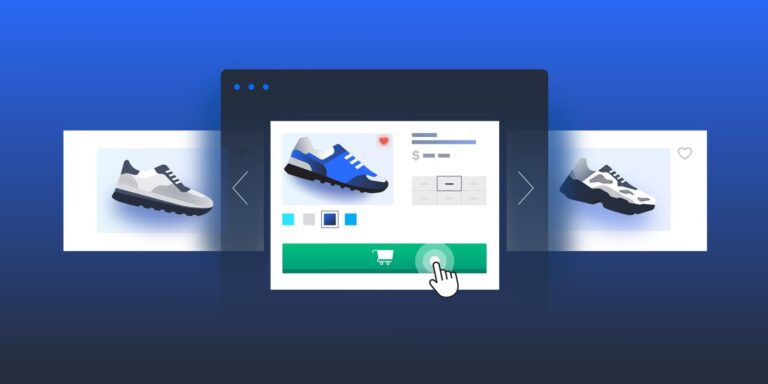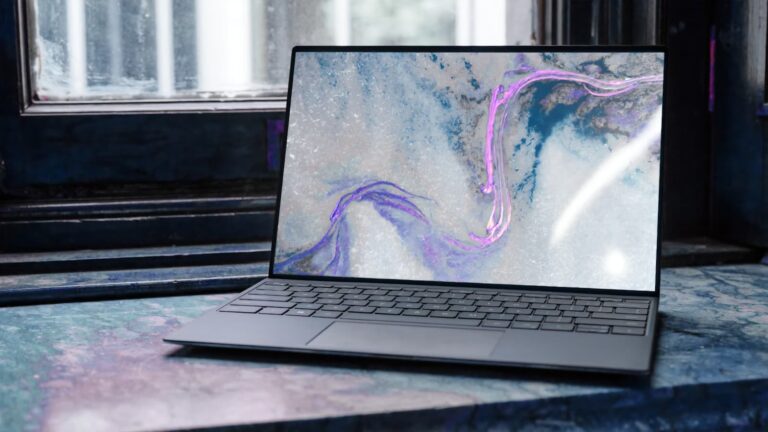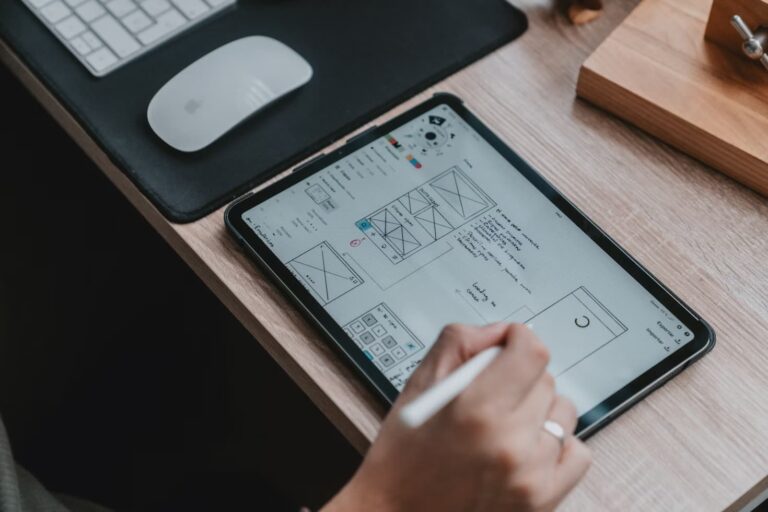In recent decades, neuromarketing has become one of the most discussed topics in marketing and web design. The use of knowledge about how the human brain works in decision-making processes has attracted the attention of not only scientists but also entrepreneurs eager to increase the effectiveness of their online platforms. Web design, in turn, has become an important tool that can influence perception and the decision to make a purchase. So how exactly does this happen, and how can web designers use neuromarketing to increase conversion?
Neuropsychology of Decision Making
Before diving into the details of neuromarketing, it’s important to understand how the human brain works in the process of decision-making. The brain constantly receives an enormous amount of information from the environment, and its task is to process it as efficiently as possible. It is based on the processing of visual and emotional signals that decision-making occurs. According to research, most purchases are made intuitively, based on emotions rather than logic. When a person lands on a website, their brain immediately begins processing visual information: colors, shapes, and the placement of elements. These factors activate the brain’s emotional centers, which may prompt the user to make a purchase or, conversely, leave the site.
Visual Elements: How Color and Shape Affect Perception
One of the key aspects of neuromarketing in web design is the use of visual elements such as color, shape, and fonts. The brain perceives colors at a subconscious level, and each color triggers specific emotions and associations. For example, red evokes a sense of urgency and can prompt quick actions such as purchasing a product, while blue is associated with reliability and calmness. These associations can be used to create the desired atmosphere on the site.
Additionally, the shape and arrangement of elements also play an important role. The human brain processes symmetrical and simple shapes more easily, which creates a sense of harmony and comfort. For example, a “Buy” button should be noticeable enough and placed logically where the user will not have to search for it. Another important aspect is the “path of the eyes” — the direction in which the brain guides the user’s gaze. Skillfully placed elements on a page can significantly increase the likelihood of a visitor making a purchase.
Emotions and Trust: How Creating the Right Mood Affects Purchases
The psychology of buying is inextricably linked with emotions. The brain responds much faster to emotional signals than to rational ones. In web design, this can be implemented through the use of images that evoke positive emotions. For example, photos of happy people enjoying a product or images that create a sense of convenience and security can enhance trust in the brand.
Moreover, neuromarketing uses elements such as user reviews, ratings, and security certificates to create a sense of trust. When people see that a product has already been rated by others, their brain perceives this information as an additional guarantee of quality and safety. Trust, in turn, reduces barriers to purchase and helps overcome doubts.
Using Neuroscience to Boost Conversion: Behavioral Triggers
To increase conversion, web designers often use behavioral triggers — elements that activate specific reactions in users. Examples of such triggers include:
Scarcity and Urgency — using phrases like “Only 3 items left” or “Sale ends in 2 hours” prompts the user to act quickly, triggering the so-called “scarcity reaction.”
Personalization — if a website adapts to the user by showing them products based on their preferences, it creates a sense of uniqueness and importance. The brain perceives these actions as attention to the individual, which strengthens the attachment to the brand.
Guarantees and Safety — the human brain always strives to minimize risks. Offering free shipping, product returns, or warranties activates positive emotions and makes the purchase feel safer.
How Neuromarketing Affects UX/UI Design
Neuromarketing is closely connected to improving user experience (UX) and user interface (UI). UX design is primarily focused on making interactions with the site as comfortable and intuitive as possible. This includes creating easy navigation, quick and simple order processing, and minimizing the steps needed to make a purchase.
UI design, in turn, is responsible for the visual aspect, which should be attractive and meet the user’s expectations. The right combination of these two aspects helps create websites that are not only beautiful but also effective in terms of sales.
Conclusion: Neuromarketing as a Path to Successful Sales
Implementing neuromarketing in web design is not just a trendy move but a necessity for those who want to increase the effectiveness of their online business. Understanding how the brain makes a purchasing decision allows for the creation of websites that not only attract attention but also help build trust and stimulate buying actions. The use of visual elements, emotional triggers, and creating confidence in the user become essential tools for increasing conversion. Ultimately, effective neuromarketing is the element that helps brands not only sell products but also gain customer loyalty.










